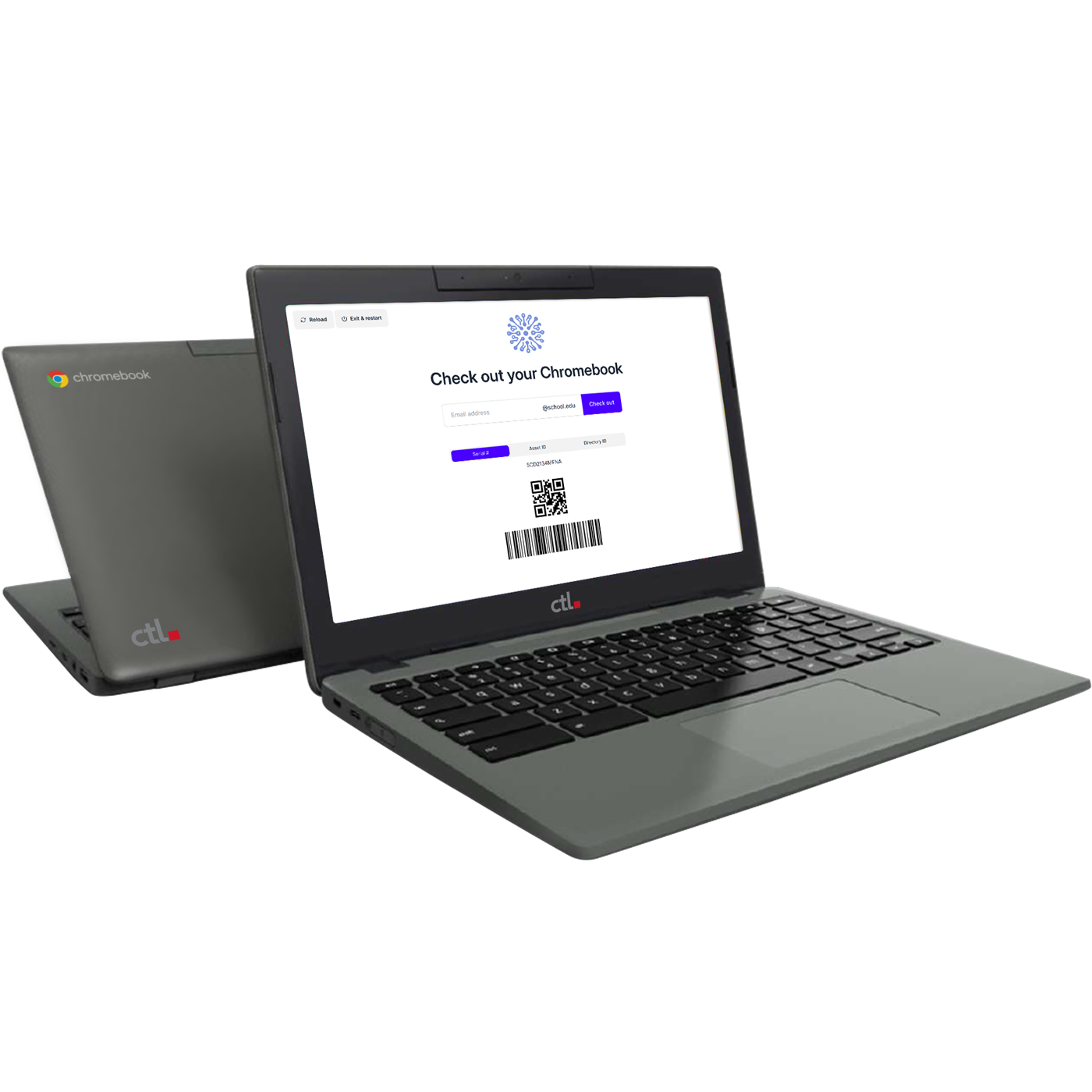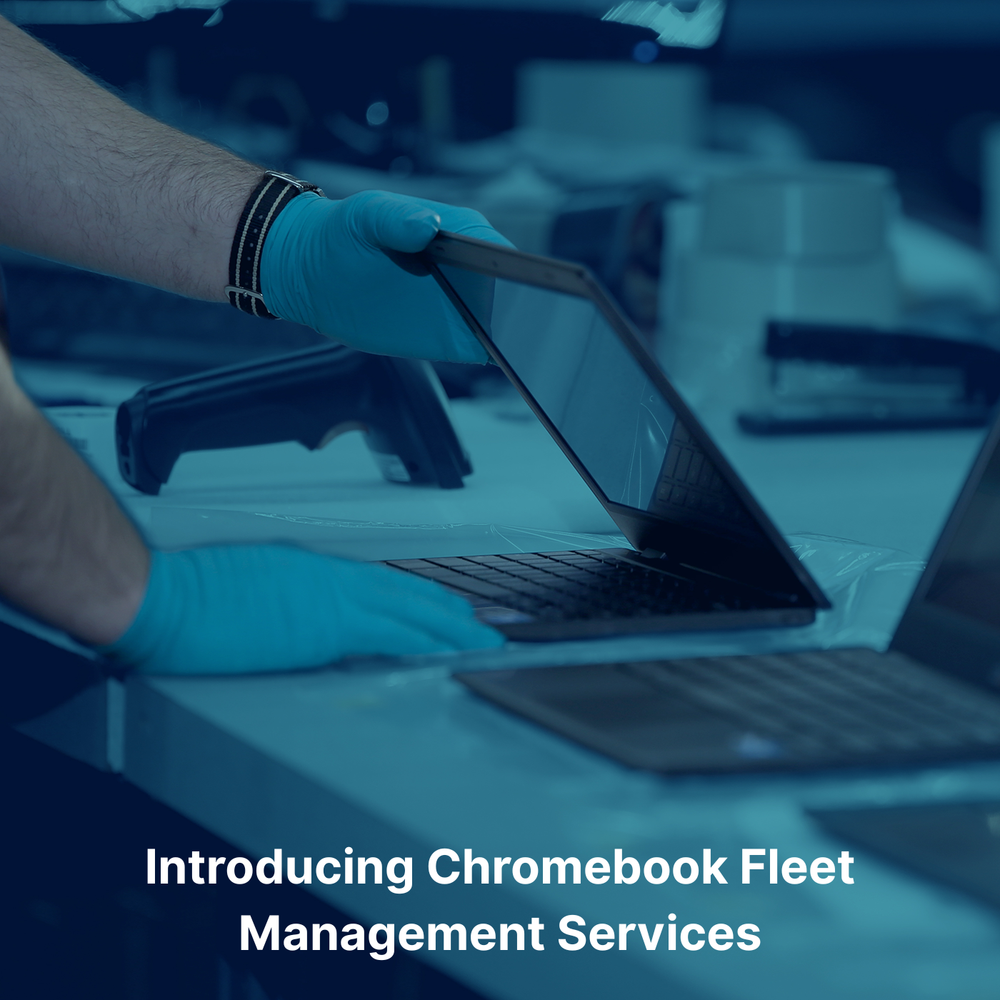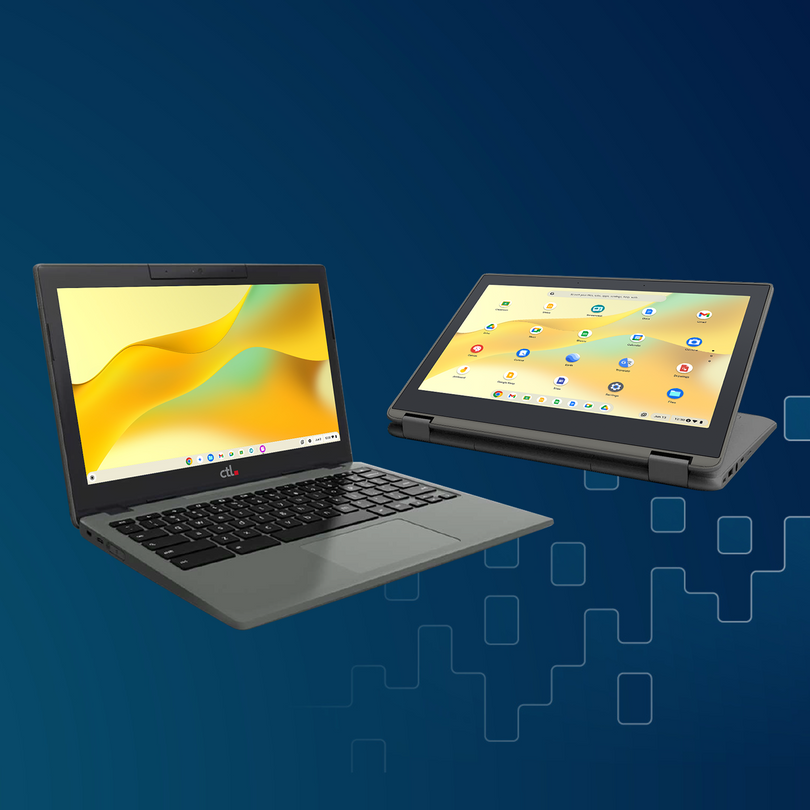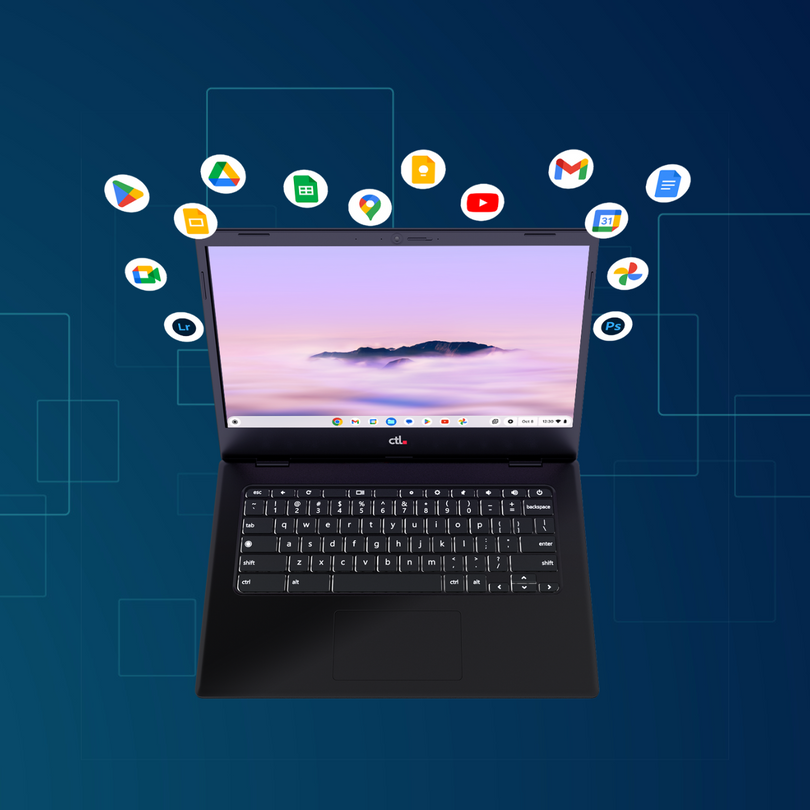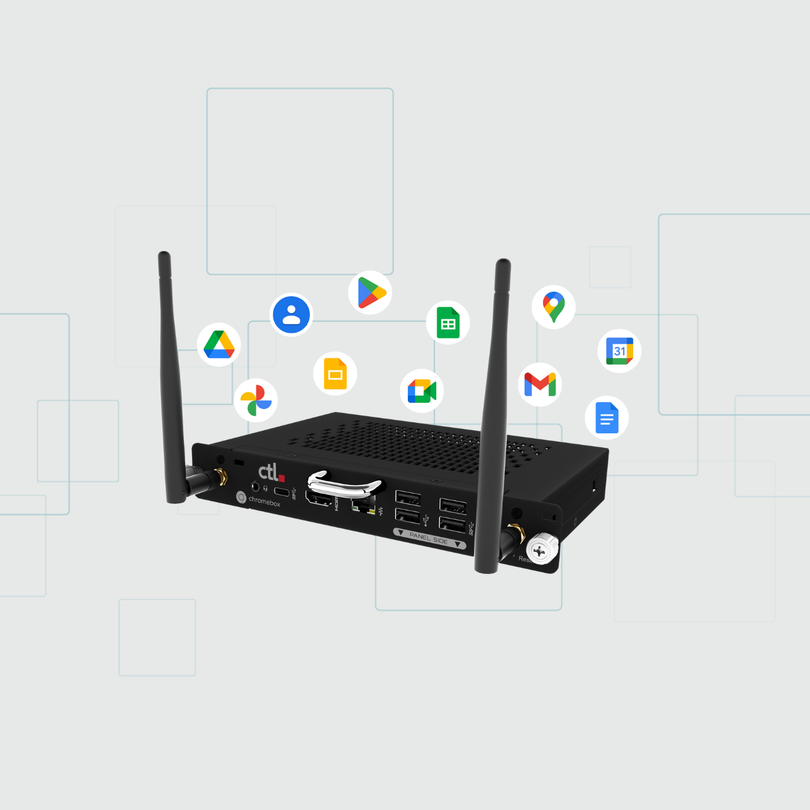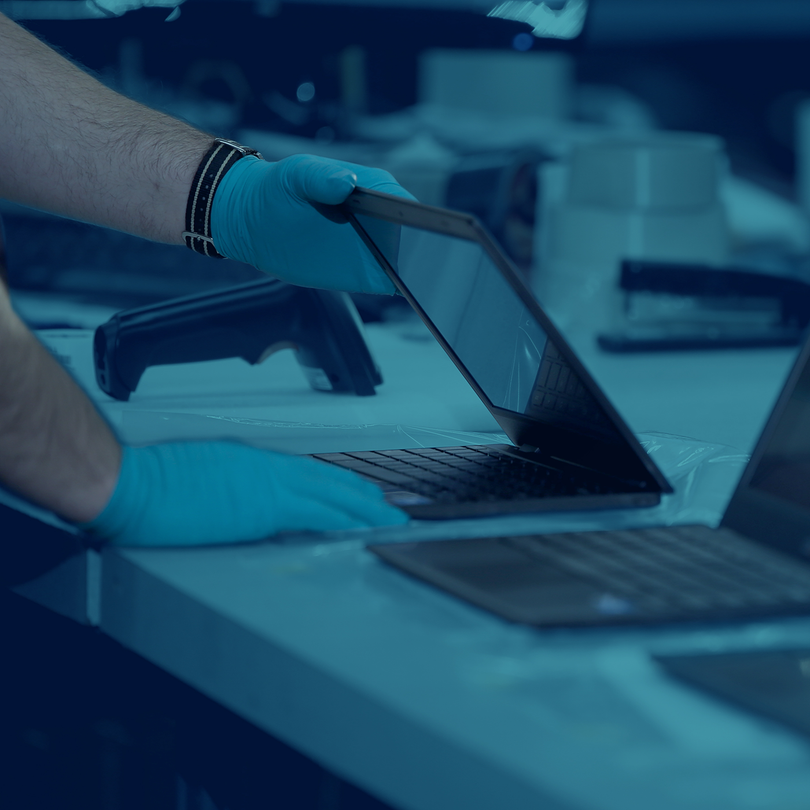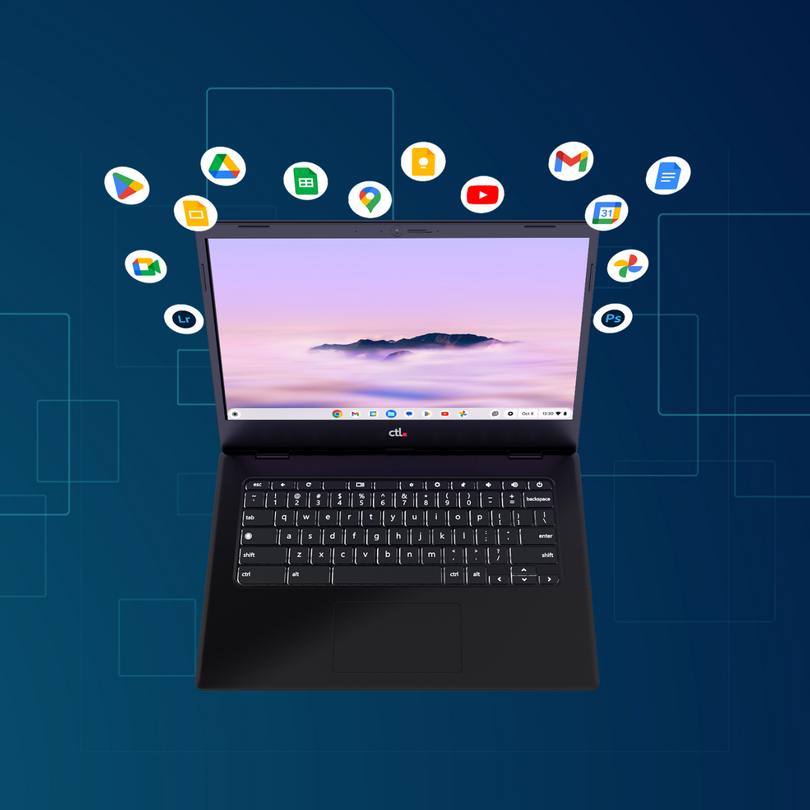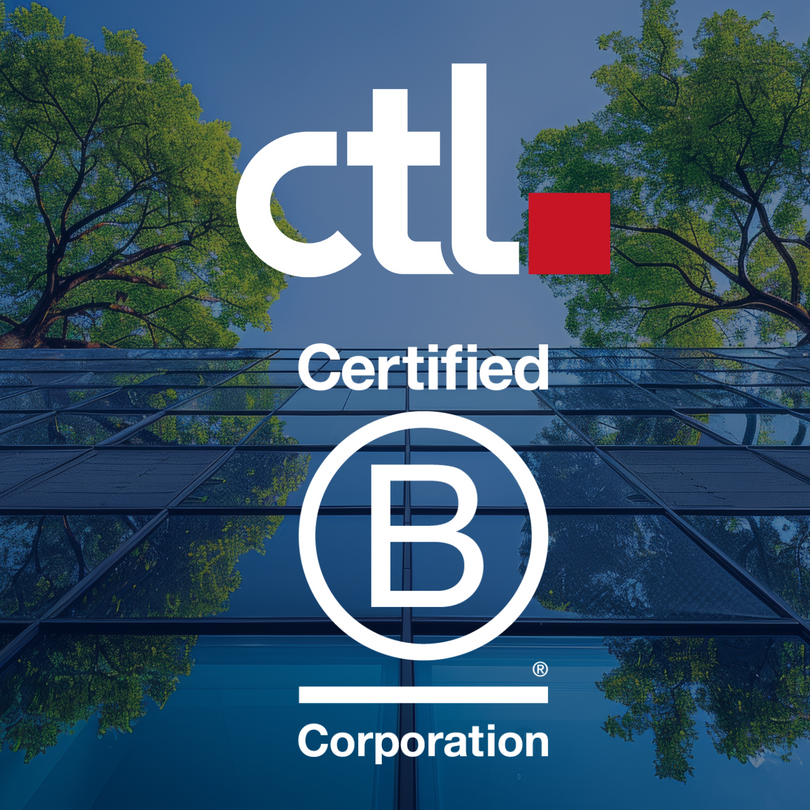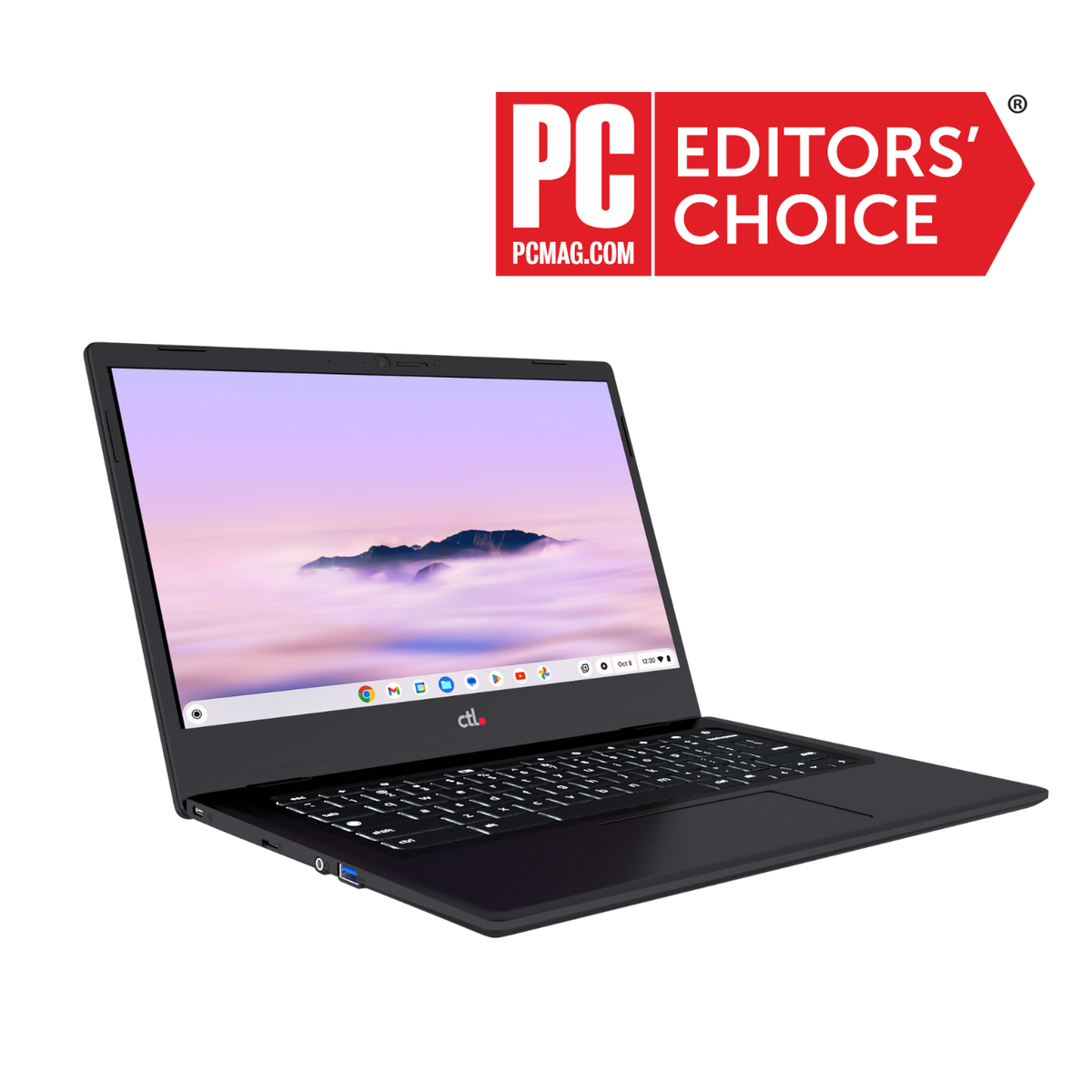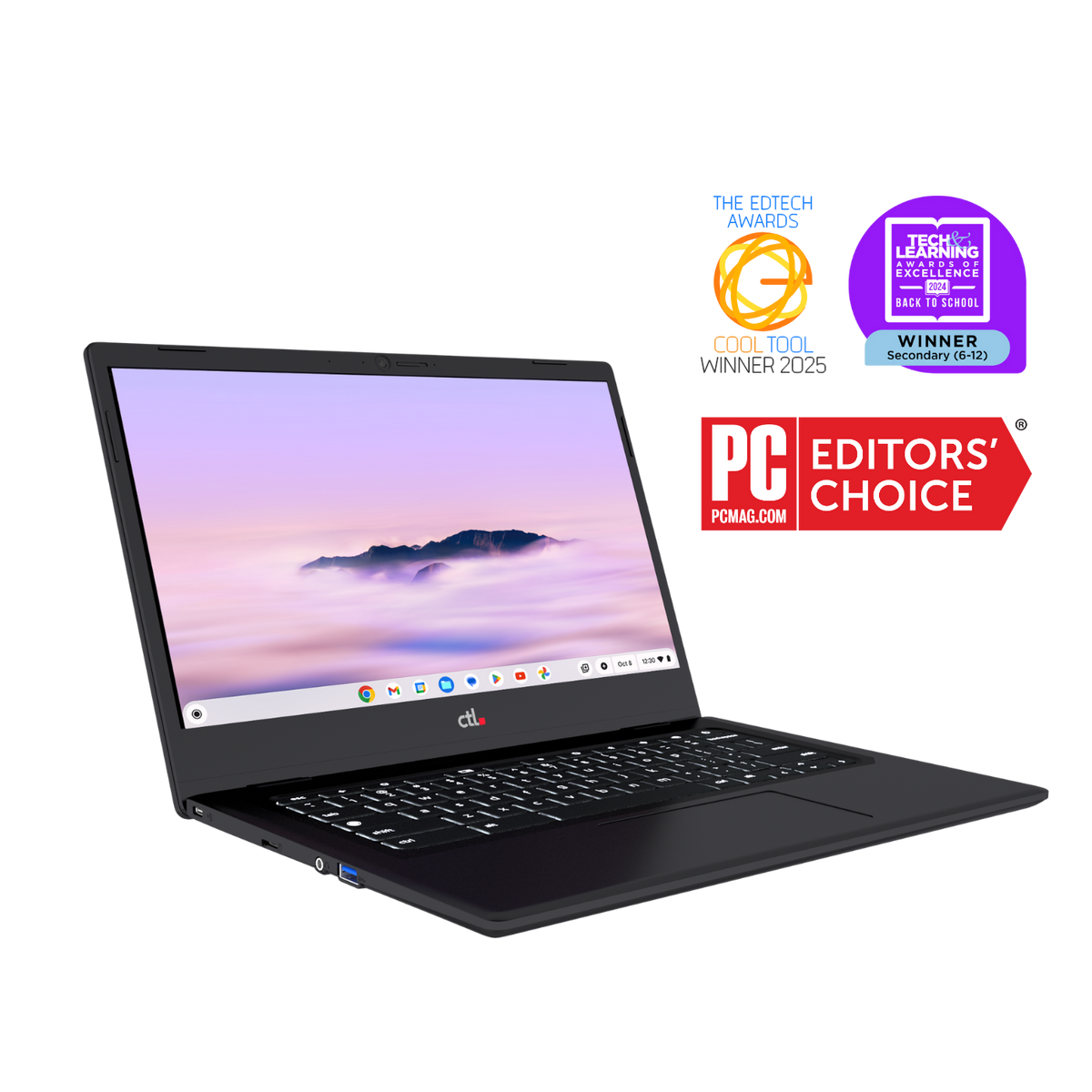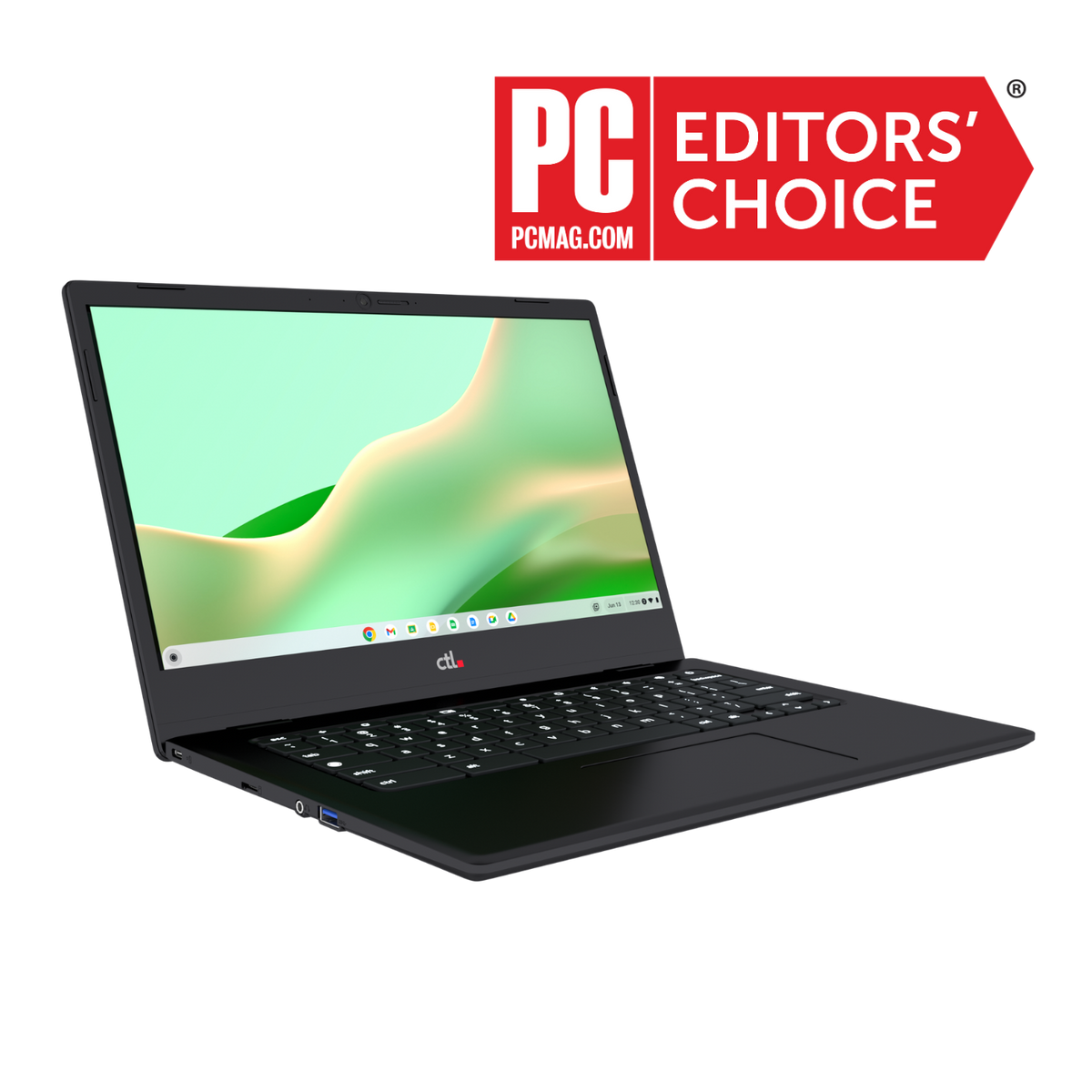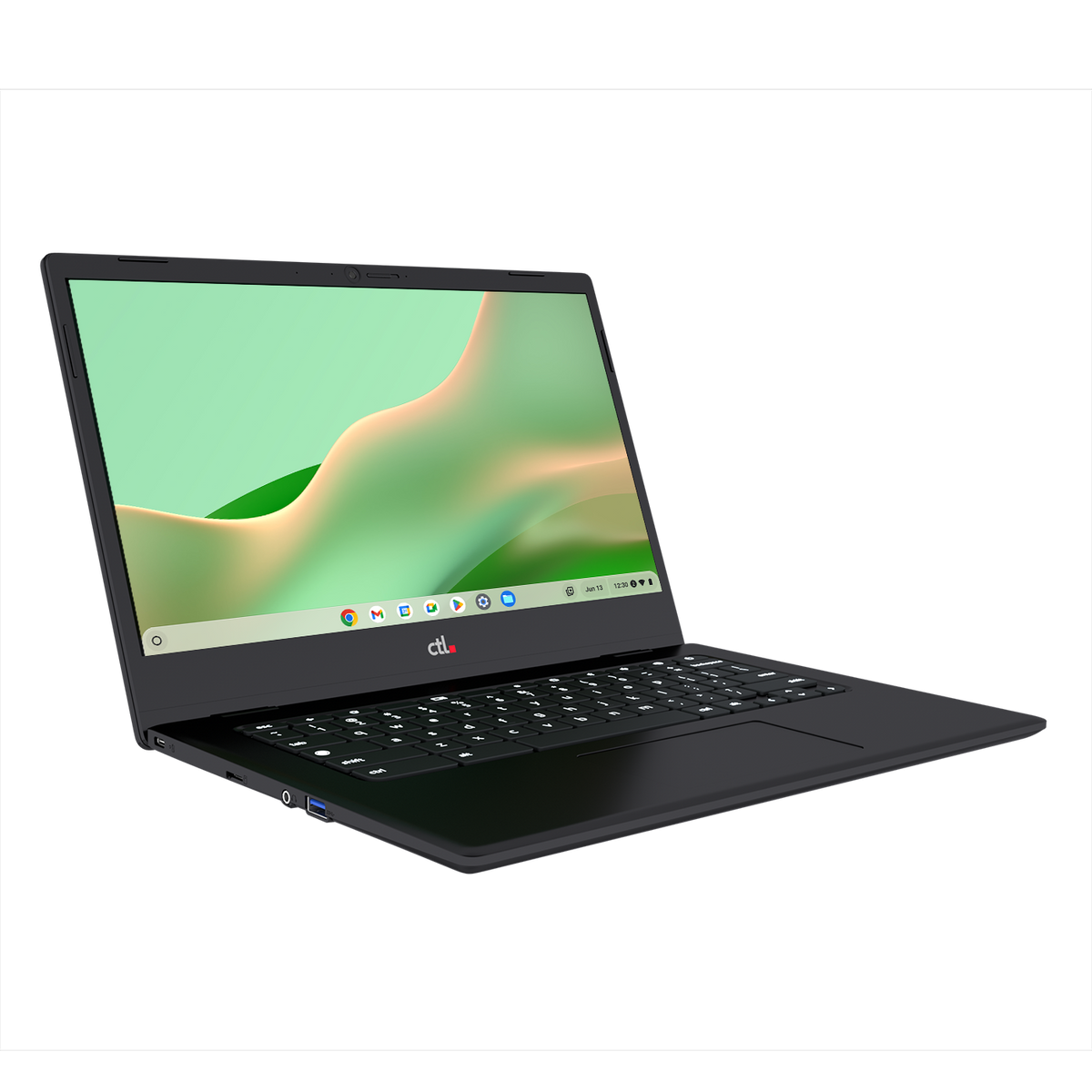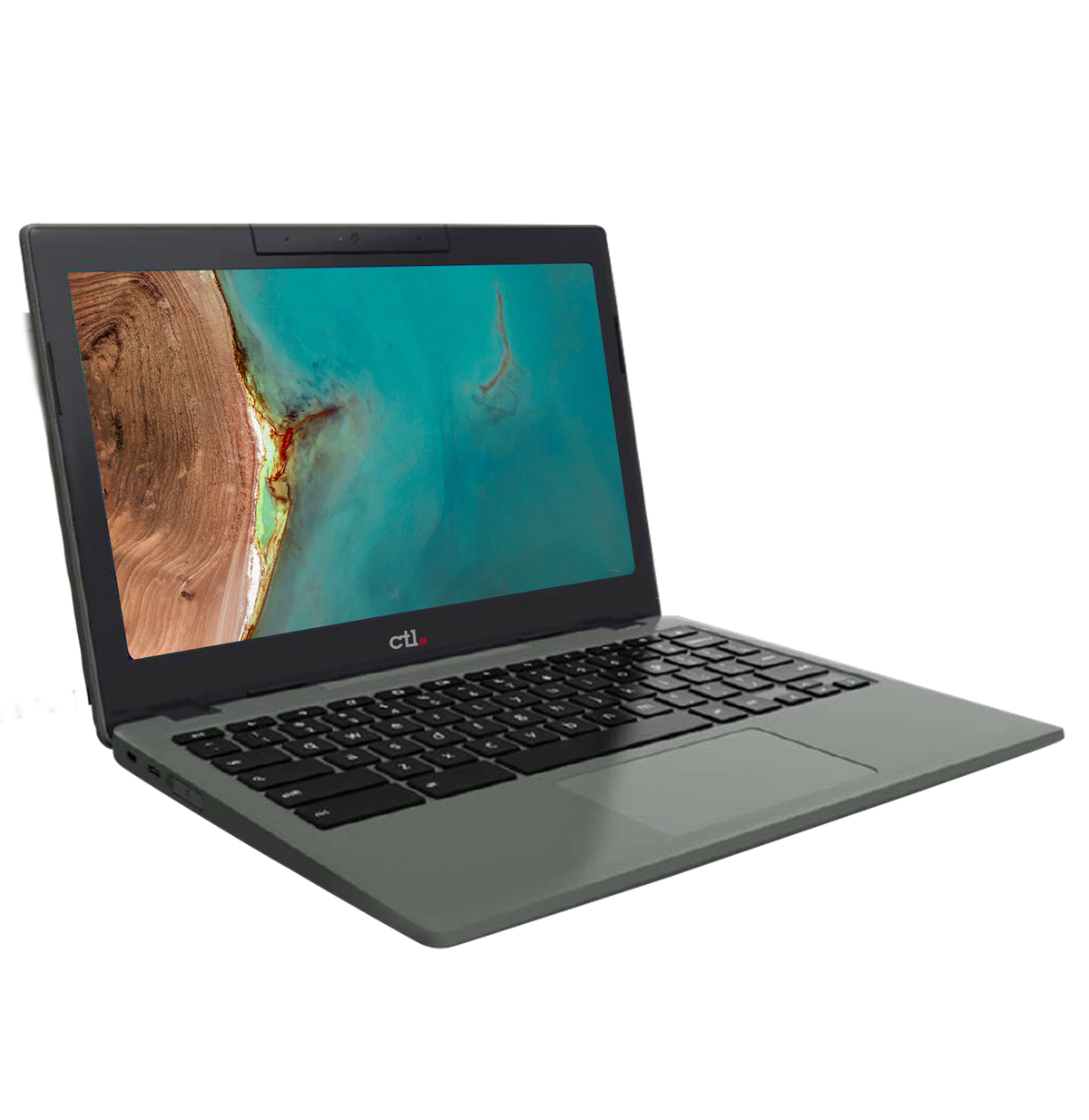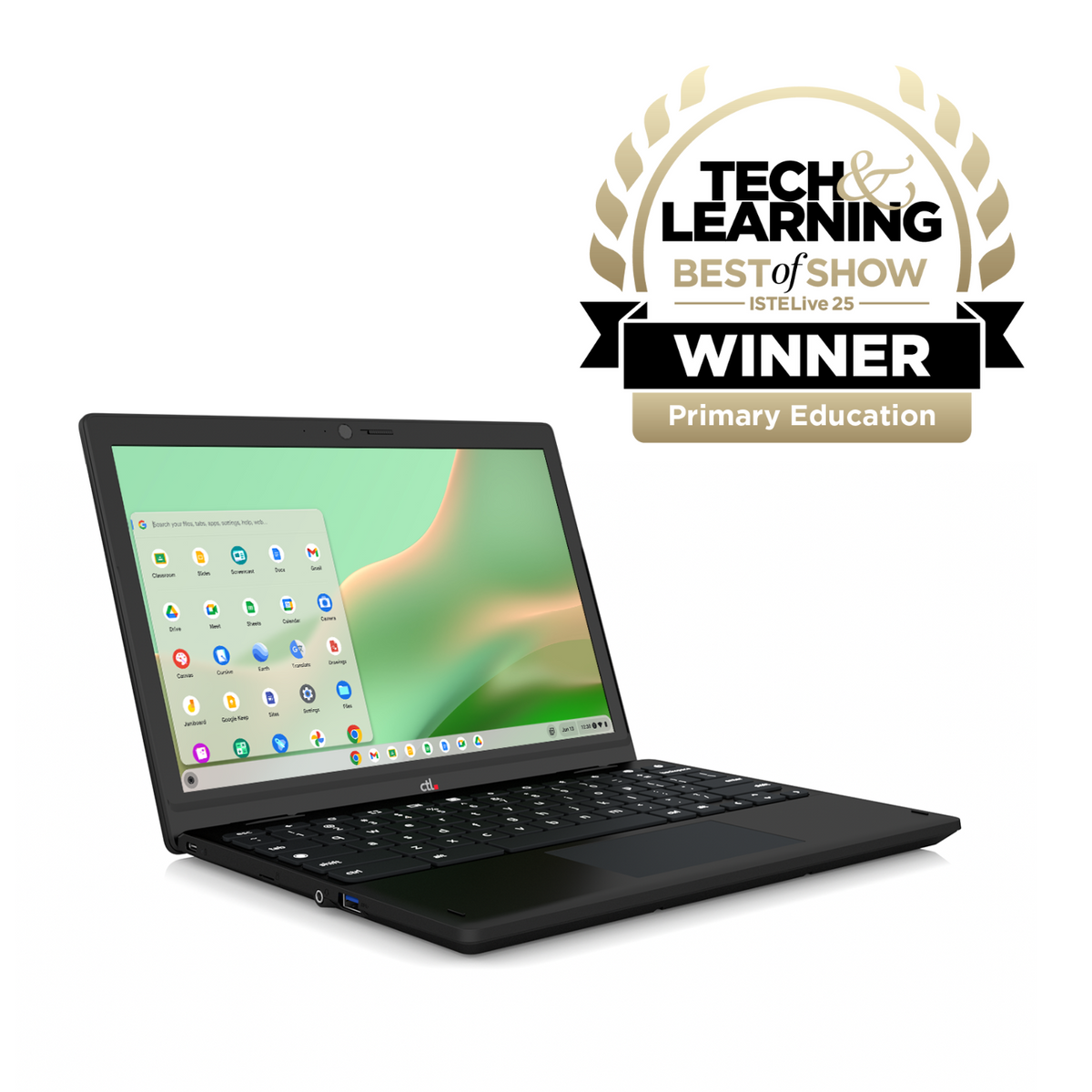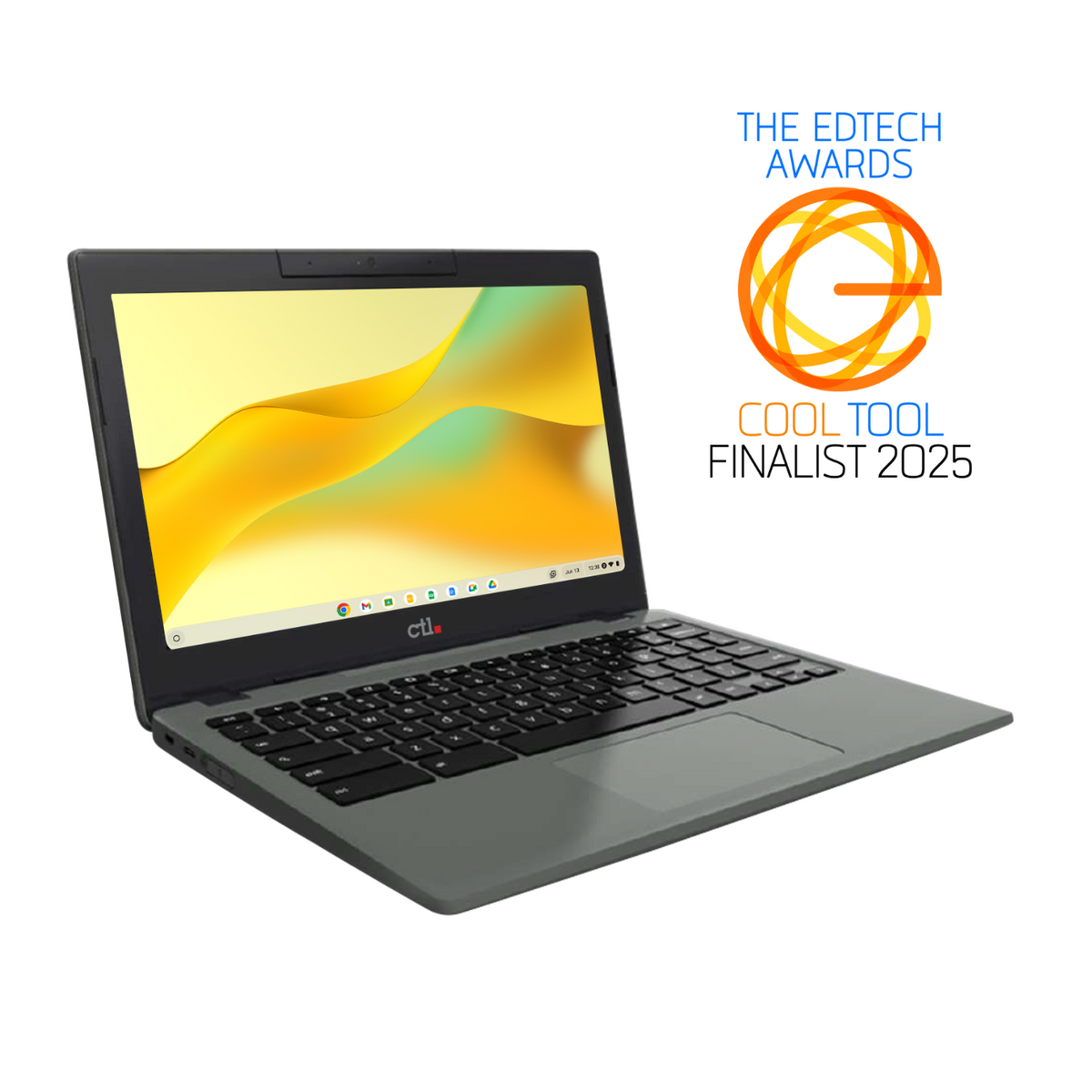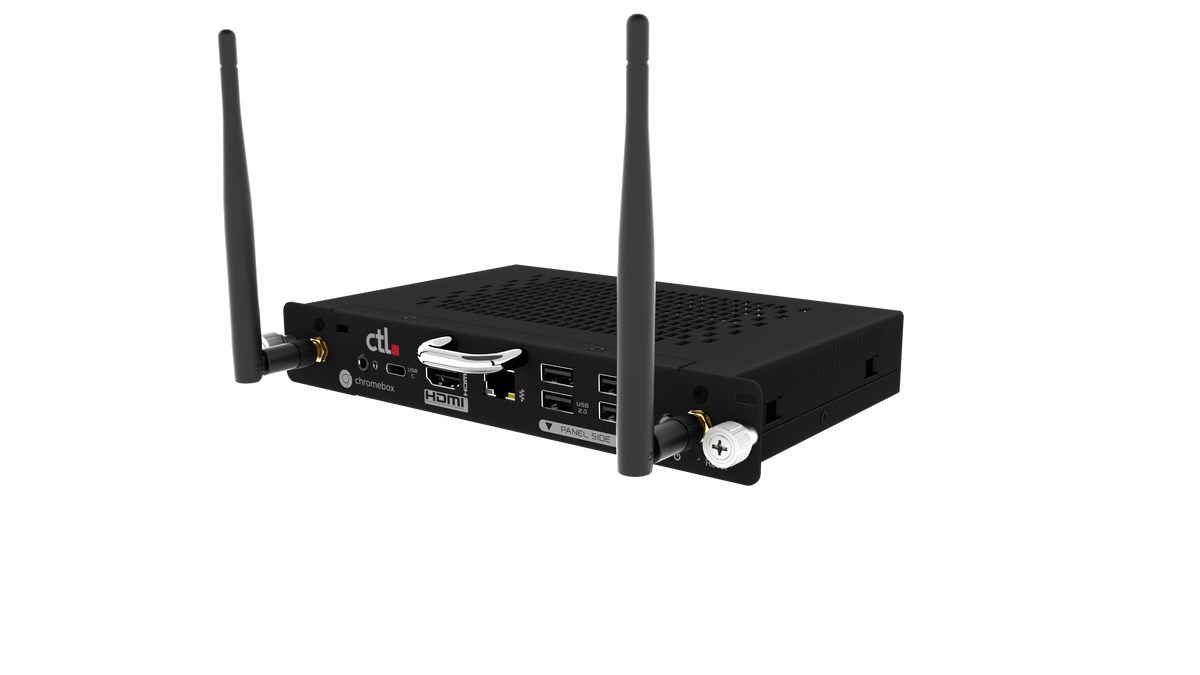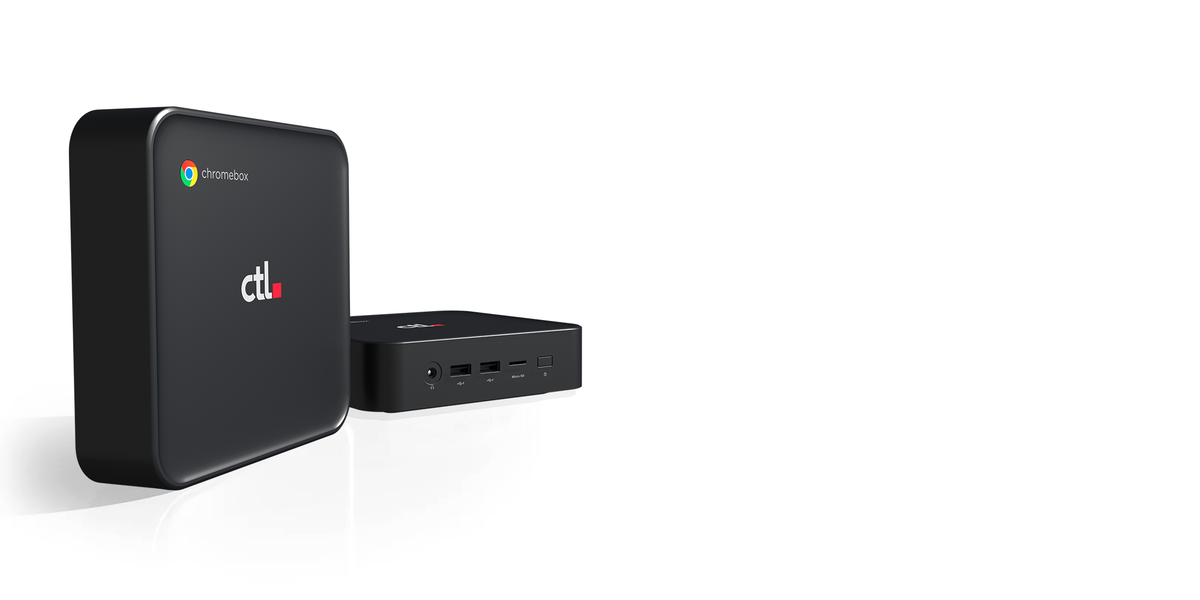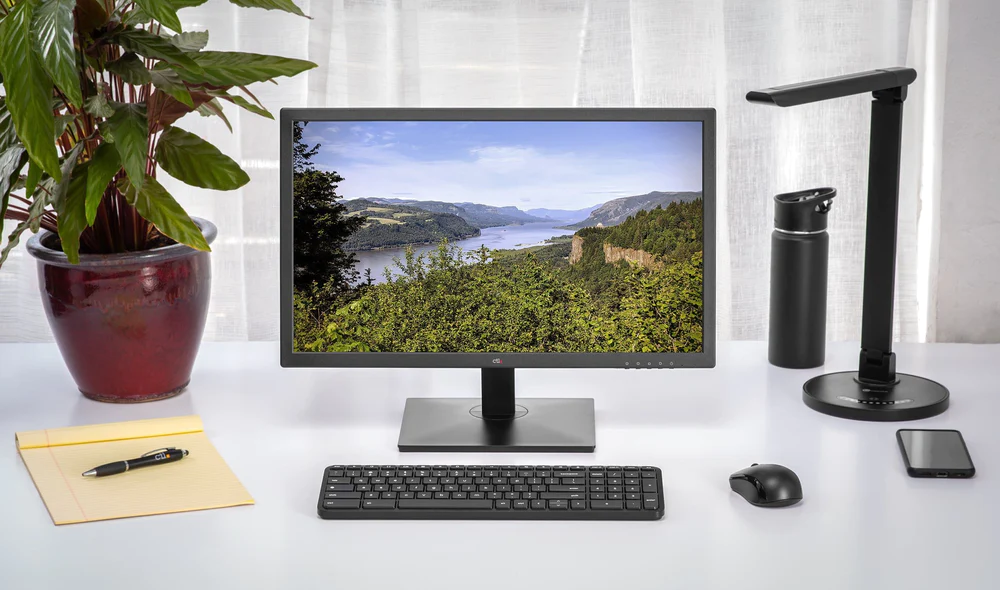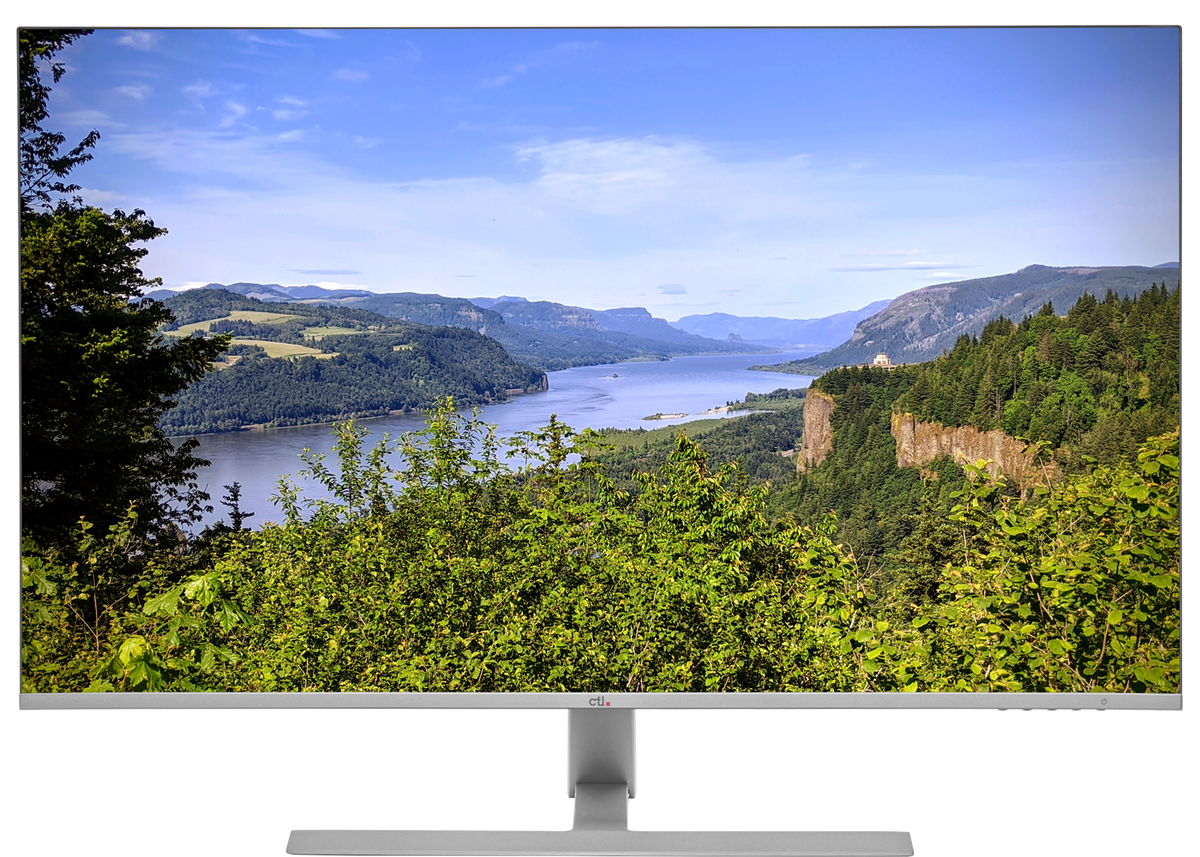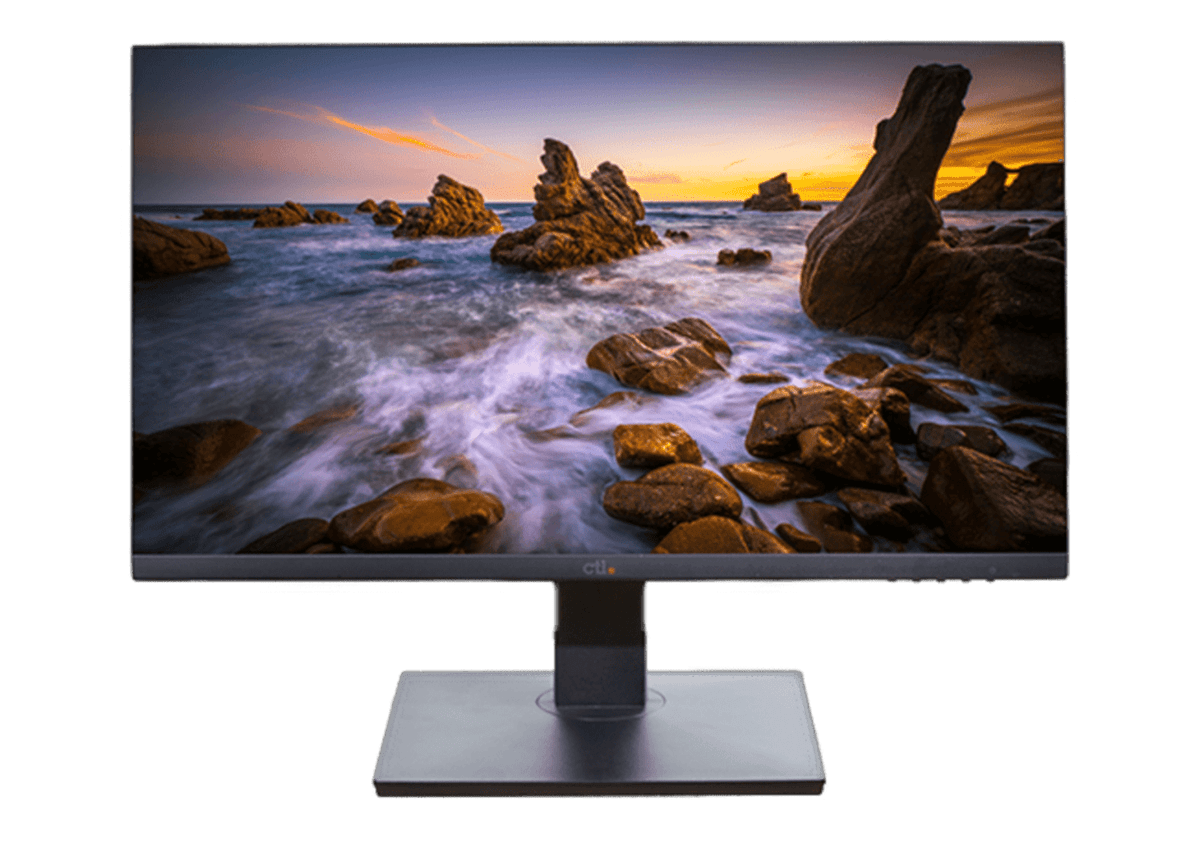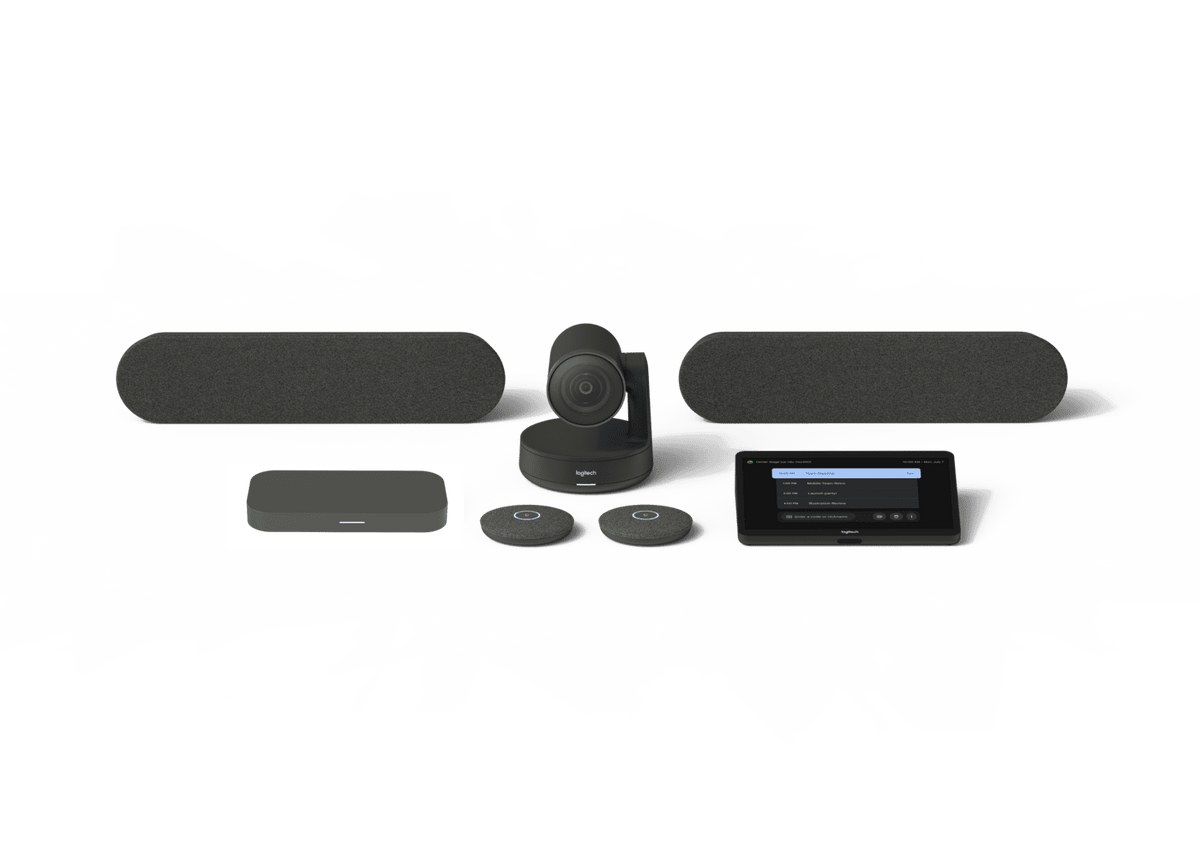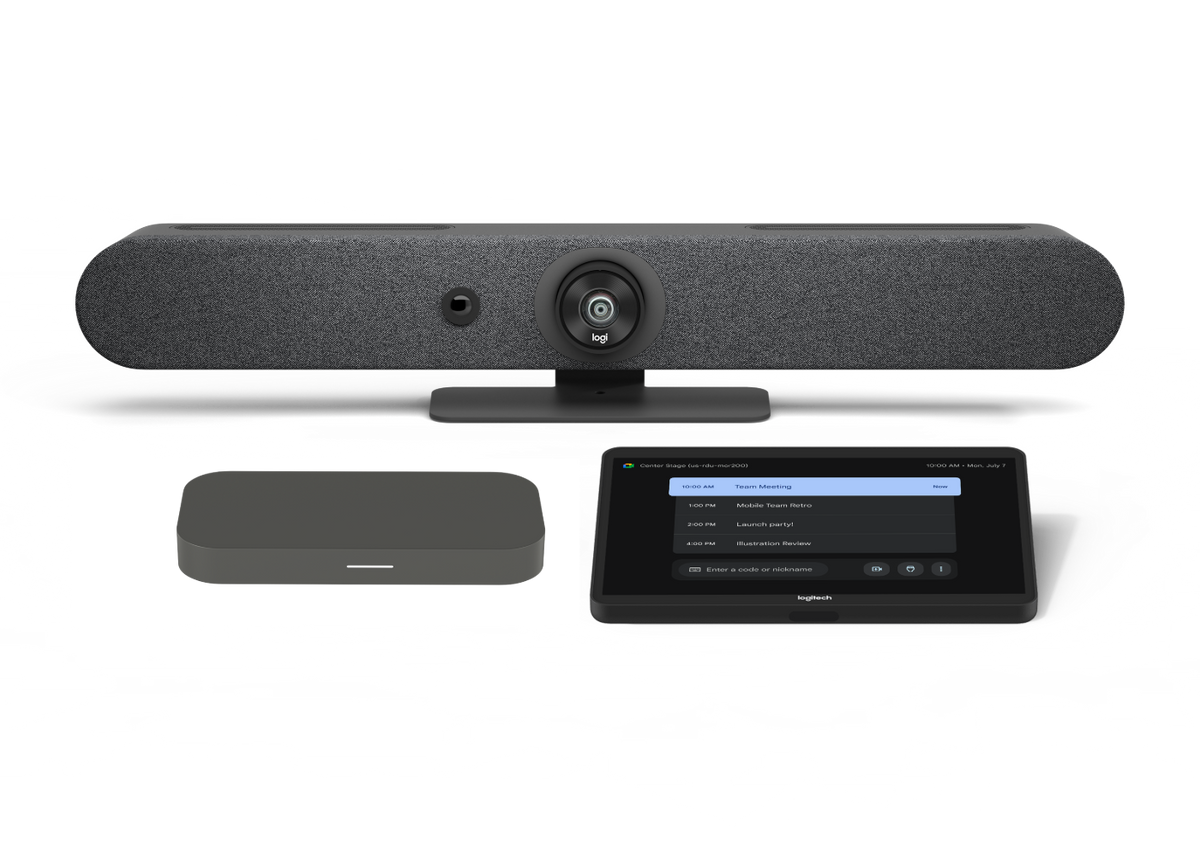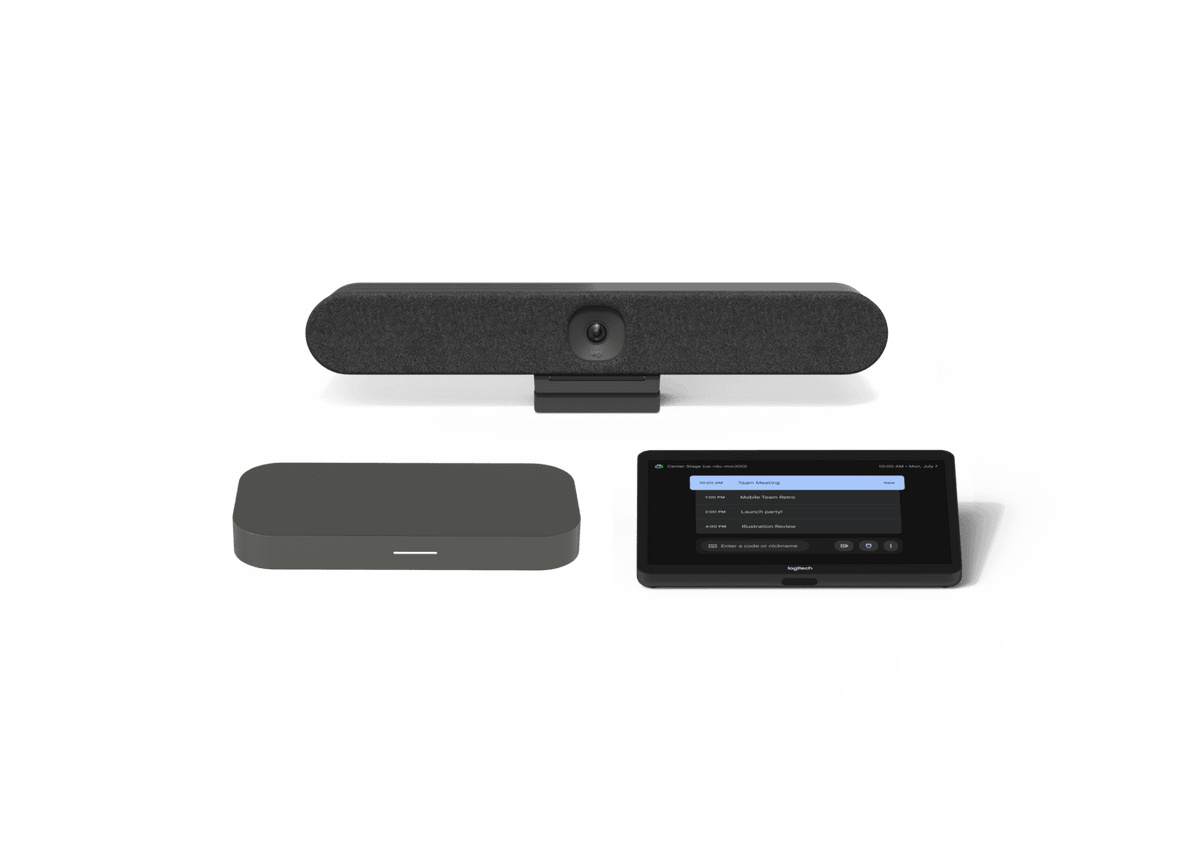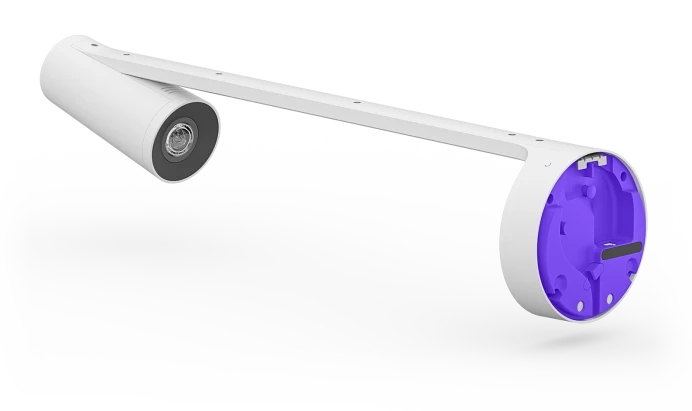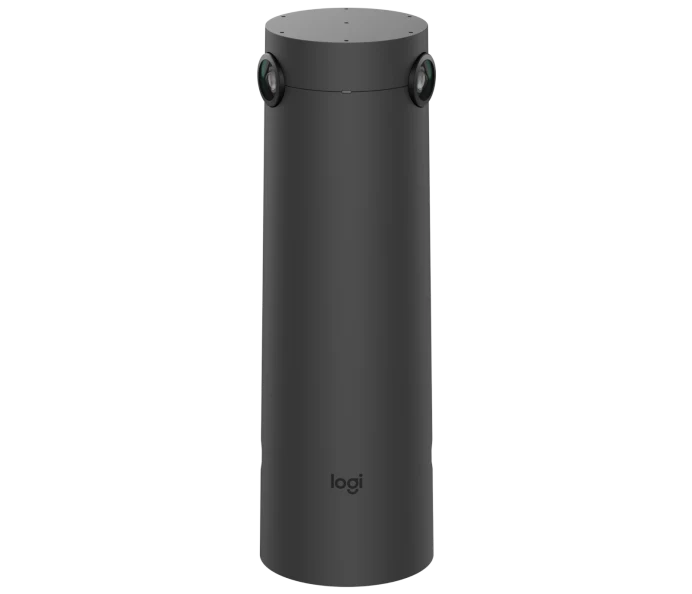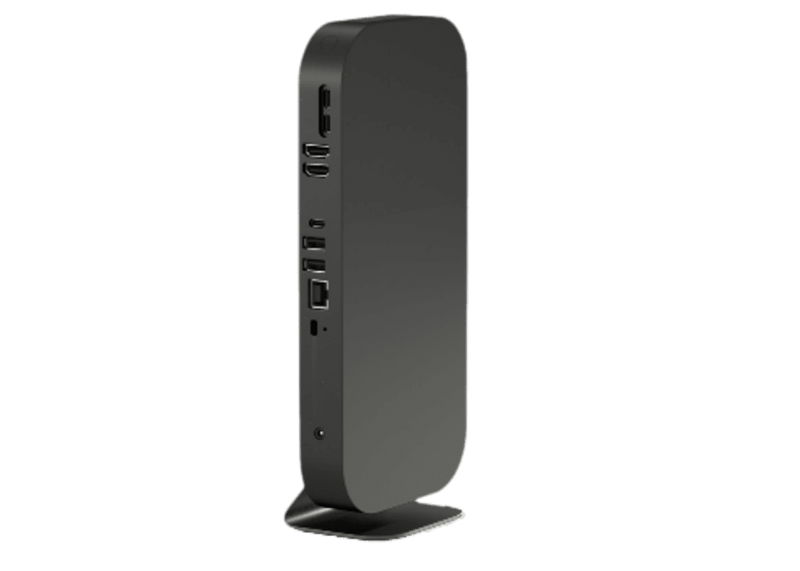The conversation around technology in higher education is evolving. It's no longer just about providing basic access to email and the web; it's about delivering a secure, flexible, and equitable digital environment that can support the diverse and specialized needs of every academic discipline. While ChromeOS has long been recognized for its simplicity and security, a deeper look reveals a powerful and versatile ecosystem capable of bridging the "app gap" and empowering students and faculty across the entire campus.
Our new whitepaper explores how CTL can help move an institution away from a "one-size-fits-all" device policy to a more intelligent, cost-effective, and needs-based model of technology provisioning.
The Myth of the "App Gap": A Modern Approach to Software Access
A common misconception about ChromeOS is its perceived inability to run the specialized, resource-intensive desktop applications required in fields like STEM, engineering, and the creative arts. However, this view is based on an outdated, device-centric model of computing. The modern ChromeOS ecosystem leverages a multi-faceted approach to application delivery, ensuring that every student has access to the tools they need, regardless of their device.
1. Virtual Desktops (VDI/DaaS): Any App, Any Device
For the most demanding Windows-native software—from Adobe Creative Suite to SPSS and MATLAB—Virtual Desktop Infrastructure (VDI) is the enterprise-grade solution. This technology streams a full Windows desktop experience from a central server directly to a Chromebook. This means a student with a lightweight, secure Chromebook can access and run high-performance applications as if they were installed locally. This isn't a theoretical workaround; it's a strategy already in place at universities like Carleton, Stockton, and Drexel. The "ChromeOS + VDI" model is the future of the computer lab: more flexible, scalable, and cost-effective than ever before.
2. The Integrated Linux Environment: A Powerhouse for STEM
For students in computer science, data science, and engineering, ChromeOS offers a full-fledged, integrated Linux container. This allows them to write and compile code, use professional editors like VS Code, and work in a native development environment—the lingua franca of the tech world. This isn't a stripped-down version; it's a powerful tool that gives STEM students the flexibility and control they need to excel.
3. The Ever-Expanding Universe of Web and Android Apps
The "app gap" is also being closed by the simple fact that the web has grown up. Powerful Progressive Web Apps (PWAs) and Android apps now cover the vast majority of student and faculty needs. From the full Microsoft 365 suite to Adobe's mobile creative tools, the an ever-growing library of applications that run beautifully on ChromeOS.
A Strategic Inflection Point for Campus Technology
The choice of a campus-wide technology platform is a strategic one, with long-term implications for an institution's budget, security, and academic mission. The case for ChromeOS is not about a single feature, but about a holistic vision for the future of educational technology.
By offering a dramatically lower Total Cost of Ownership, a fundamentally more secure architecture, and a flexible, modern approach to application delivery, ChromeOS addresses the most pressing challenges facing higher education today. It's a platform that removes technological friction, fosters collaboration, and promotes digital equity.
The choice is clear: cling to a legacy, device-centric model with its high costs and security risks, or embrace a modern, cloud-native strategy that is more agile, resilient, and aligned with the future of learning. For institutions ready to make a strategic investment in their future, ChromeOS is the clear path forward.
Read the full whitepaper.
Learn more about partnering with CTL for streamlined and sustainable technology for higher education institutions.

